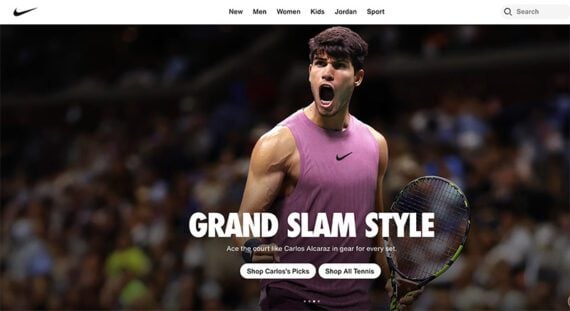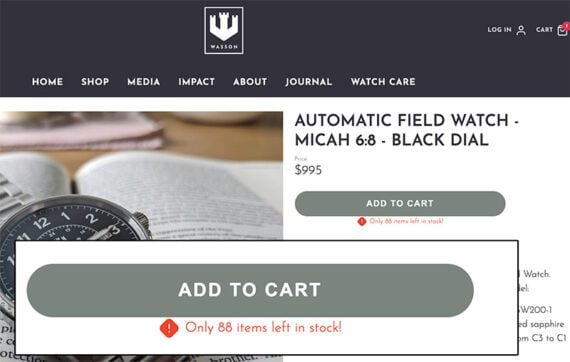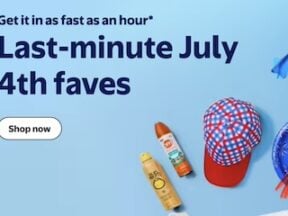Merchandising is an ongoing process of presenting products to boost sales. Every ecommerce site merchandises its products either consciously or by default.
- Nike features in-season sports and products on its home page.
- Amazon reminds shoppers of their recent searches.
- Wayfair bundles and cross-sells complementary items.
Many ecommerce platforms have basic merchandising built in directly or in popular themes. These built-ins make merchandising easy, but not necessarily optimized.

Nike’s home page hero slide is seasonal. It features spots or products, such as this example of inspiring shoppers to dress like tennis star Carlos Alcaraz.
Strategy
Merchandising techniques vary. Some focus on visuals or product curation. Others use behavioral economics and personalization for maximum persuasion.
Still others think about merchandising as it applies to a buyer. The result can be a five-step framework, where each step defines a set of tactics that move shoppers from curiosity to purchase.
Inspiration
The first set of tactics aims at product inspiration. It seeks to stimulate the shopper, to help imagine a lifestyle or a need your products solve.
These tactics often manifest themselves as:
- Hero images featuring products or life situations,
- Category headers with aspiration images,
- Seasonal sections (think back to school),
- Editorial content.
For example, the recipes found on Le Creuset’s site help a shopper imagine making the meal for a special occasion and experiencing the joy of sharing food with folks you love. The content (merchandising) evokes a feeling and, ultimately, sells the enamel-covered cast iron cookware needed to bring that feeling to life.

Content marketing can be a powerful form of product merchandising. Le Creuset uses recipes to inspire shoppers.
Guidance
The second set of tactics in this merchandising framework aims to reduce friction and guide shoppers toward products they are likely to buy.
These techniques often take the form of:
- Straightforward or supplementary navigation like “Shop by Room” or “Shop by Activity,”
- Thoughtful search results with autocomplete, synonym mapping, and intelligent ranking.
- Sortable category pages with filtering by size, color, price, availability, or reviews.
Many ecommerce platforms include these sorts of navigational features, but they require optimizing so that a search results page is a thoughtful arrangement of relevant items, not a keyword-based SKU dump.

Origin allows shoppers to filter apparel for color, size, and activity, such as jiu-jitsu and hunting.
Persuasion
Next come the tactics meant to influence choices and encourage shoppers to make complementary purchases.
While a merchant will measure the success of these efforts in revenue and average order value, persuasive merchandising should seek the shopper’s best interest.
Don’t make frivolous recommendations or use tricks, but do describe your products in a way that encourages the sale. For example, persuasion merchandising might include:
- Editorial content in written or video format,
- Social proof such as ratings, reviews, or even “top seller” labels,
- Product recommendations, including up-selling and cross-selling,
- Indications of scarcity (“only 12 in stock”),
- Additional discounts or free shipping messages.

A low inventory count can be persuasive.
Conversion
On-site merchandising often culminates near the buy-now button or on shopping cart and checkout pages. Here, the aim is to reassure and close the sale.
Conversion messages might be:
- Clear return policies, guarantees, and payment security icons that convey trust,
- Suggested add-ons or loyalty perks,
- Product quality indicators.
A simple, well-placed message that removes a shopper’s final doubts or concerns effectively closes the sale.

These three small graphics — American made, easy returns, and free shipping — make a final argument to buy.
Retention
A final set of merchandising tactics enables retention marketing. It is the conversion after the sale.
- Offer a loyalty program,
- Ask for a referral,
- Seek a newsletter opt-in.
Add AI
While each category of merchandising tactics in this framework requires human initiative and planning, AI can certainly help with execution, including content generation and personalization.
Thus for Inspiration, an ecommerce merchandiser might prepare a seasonal banner for back-to-school or the football season. Better still, AI personalization could select or generate dynamic banners to match a shopper’s personal profile and previous behavior.
Putting It Together
- Inspiration: Spark desire.
- Guidance: Help find.
- Persuasion: Help choose.
- Conversion: Help buy.
- Retention: Connect.
Merchandising shapes how shoppers discover, evaluate, and purchase products. A sound framework ensures that each step of the shopping journey contributes to sales and customer relationships.




